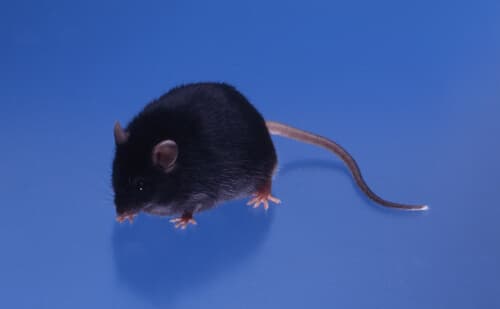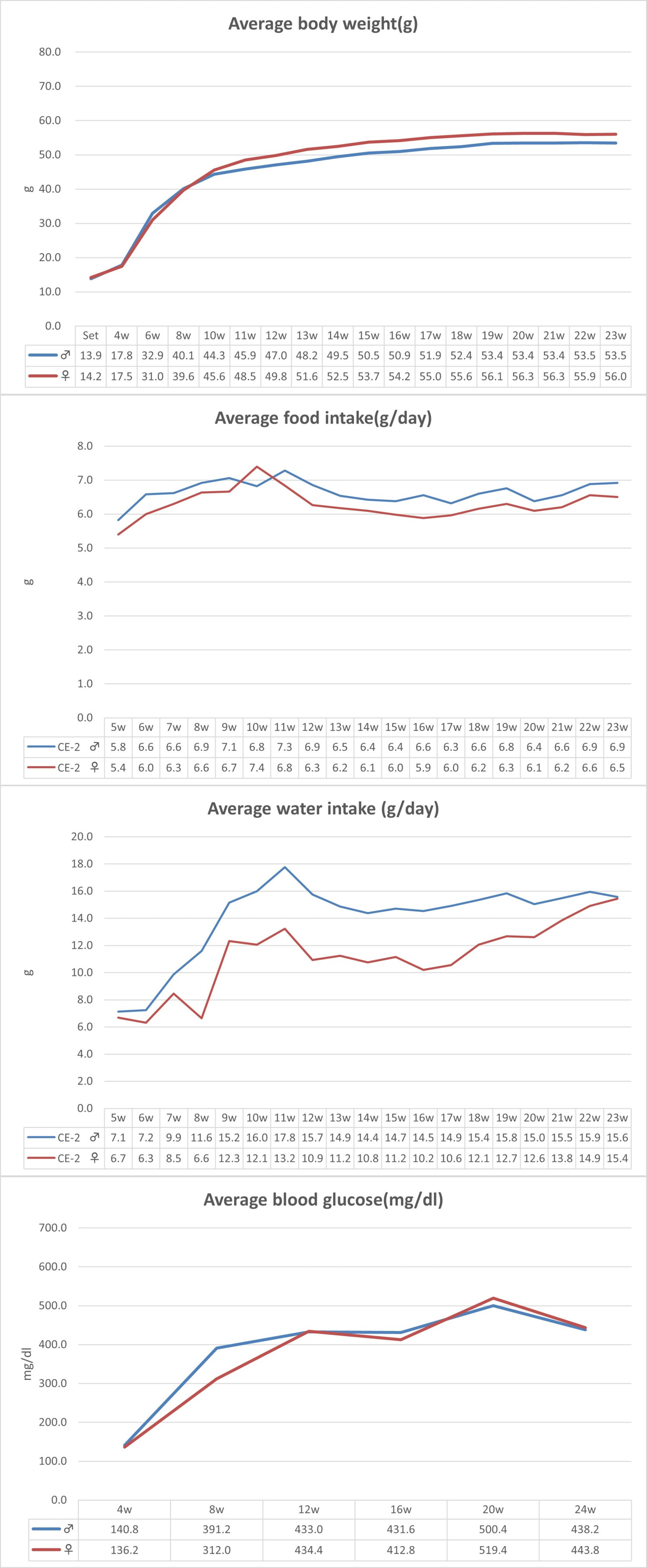BKS.Cg-m +/+ Leprdb/Jcl
Animals/Diabetes Models/

Ordering name: BKS.Cg-m +/+ Leprdb/Jcl
Nomenclature: BKS.Cg-Dock7m+/+Leprdb/Jcl
Availability: Live colony
Not genetically modified animal
Origin
A mutant strain that develops marked diabetic symptoms spontaneously, including obesity, overeating, and hyperinsulinemia, was discovered at the Jackson Laboratory. These traits were found to be under the control of a single recessive gene located in the fourth chromosome; the gene was named “diabetes” and was expressed using the gene symbol Leprdb. In 1992, CLEA Japan, Inc. introduced a strain that was maintained at the First Department of Pathology, Kansai Medical University, using mice originating from the Jackson Laboratory; its production and supply was then begun.
(This substrain is at least (a number>20 by definition) generations removed from the originating JAX? Mice strain and has NOT been re-infused with pedigreed stock from The Jackson Laboratory.)
[Number of generations as of August 2002] F?+33
Characteristics
Homozygotes (+Leprdb/+Leprdb) begin to exhibit obesity at 4 to 5 weeks after birth and have higher blood glucose levels as their body weight increases. The glucosuria-positive rate is almost 100% after 10 weeks of age. The amount of food consumed by a homozygote reaches 1.5 to 1.8-fold of that consumed by a heterozygote (m+/+ Leprdb). Both homozygotes and heterozygotes become proteinuria-positive at about 6 weeks after birth, with a positive rate of almost 100%. An increase in the plasma insulin level begins 10-14 days after birth, and the administration of insulin cannot control the blood glucose level in severe cases, where the increased activity of gluconeogenic enzyme is evident. Although pathologic changes in the kidney, lung, heart, or eye are unlikely to occur, degranulation and regressive changes are found in Langerhans’β cells. (This section was excerpted from Genetic Variants and Strain of the Laboratory Mouse, 2nd Edition, OXFORD.)
Use
- Analysis and elucidation of the mechanism of the occurrence of obesity and diabetes and their complications
- Pharmacology, drug efficacy, screening, etc. of antihyperglycemic drugs
Additional Data 2024

Cautions for the Breeding and Experimentation of Diabetic Model Animals
- Acclimation: Please take 3-5 days of acclimation after transportation to avoid hypoglycemia caused by stress.
- Frequent Bedding Changes: Due to polyuria associated with diabetes, please increase the frequency and amount of bedding changes.
- Consistent Measurement: Blood glucose levels can fluctuate based on diet, measurement methods, and sample type (blood, serum, plasma). Please ensure consistent procedures.
Our Contract Research Services related with This Animal
For details on our contract research services, including cryopreserved embryos, contracted testing, and the provision of research materials such as blood and organs, please click here .
Genotype Cross-Check (Appearance Inspection + Genetic Analysis) of BKS.Cg-+Leprdb/+Leprdb/Jcl
At CLEA Japan, we perform genotype determination of BKS.Cg-+Leprdb/+Leprdb/Jcl((hereinafter referred to as Leprdb/+Leprdbmice), a model mouse for obesity and type 2 diabetes that we produce and supply, based on obesity findings from their appearance.
Click here for details.

